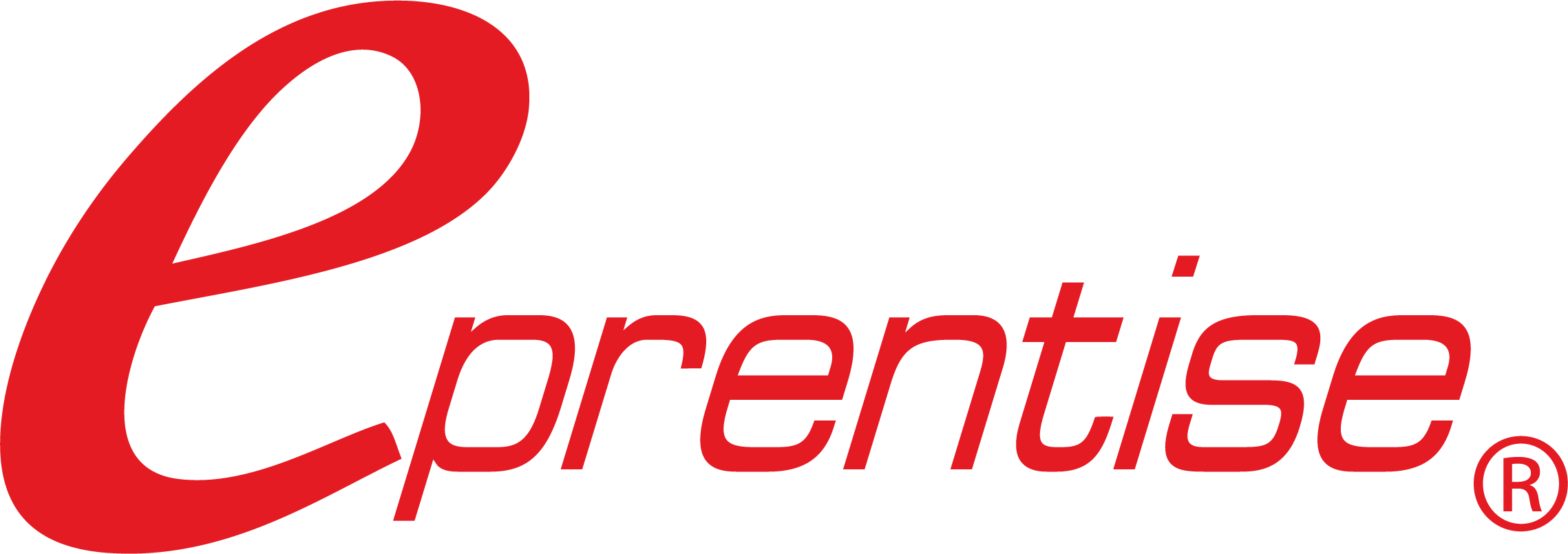Imagine yourself cruising down the highway when, suddenly, the “check engine” indicator lights up on the dashboard. The moment you glance at it, you are aware that there is some issue with your car’s performance. This light does not necessarily mean that your car will fall apart in the next few miles; in fact, most drivers have at one time or another been able to drive for several hundred more miles before bringing in their vehicle for a tune up. But eventually you will have to bring it in to the shop, if not to ensure optimal performance, then at least to prevent further damage.
Your business’s ERP system is a lot like the car in the previous example. Both ran their best when you first purchased them, and they both need regular maintenance in order to prevent them from failing. However, the major difference between a car and your ERP is that it is much more difficult to determine when your ERP is performing poorly, since there is no such thing as a flashing “Check ERP” indicator.
Regularly Scheduled Maintenance: Prevent a Breakdown
If you want to extend the life of your ERP, you need to understand the importance of regular care and maintenance. After the initial implementation, your company needs to consider what developments in its business model necessitate a change in the ERP’s structure. Maintenance can come in the form of adjustments to the original configurations or the elimination of redundant data processes. Think of it like this: If your car has been driven for some time, then there is sure to be some buildup of gunk within the engine’s cylinders that needs to be flushed out. If it isn’t, then this will affect fuel efficiency since the gasoline won’t be evenly ignited. In an ERP, this gunk takes the form of redundant processes, silos within the business that operate differently and informational structures that do not reflect the business’s current model. ERP gunk increases costs by requiring more employees to manage spreadsheets and to consolidate company-wide data, as well as by slowing down an enterprise’s ability to respond to market changes with agility. While you can surely get by with such an inefficient system, what happens when it’s time for an overhaul?
Trading-in Your ERP: What Does It Really Cost?
If you haven’t taken the steps to regularly maintain your car or update your ERP, then you may find yourself having to purchase a new one much sooner than you think. According to a recent study, the average cost of a new ERP implementation last year was approximately $7.1 million. (Panorama, 2013) There is no reason to think that a reimplementation effort is going to cost any less money. In the same study, out of 172 respondents, 45 percent claimed that their ERP implementation was purchased to replace out-of-date, existing ERP software. This is logically equivalent to “reimplementing” your ERP system because it is obsolete and doesn’t meet your business requirements.
Of course, maintenance adds to the total cost of ownership, but if regular upkeep and updates are made to improve your system, it will come out to be less of a financial burden in the long run. Also, keep in mind that just because there is a new version or new features in an ERP system, it does not mean that a company absolutely must reimplement. Thinking about this in terms of car maintenance, if your auto manufacturer released a newer version of a GPS map for your vehicle’s navigation system, you would not purchase a whole new car; rather, you would perform a simple update.
Still, many companies think that they should reimplement to get a fresh start with their data. After giving it some thought, you may consider that your ERP is also due for an overhaul given how little maintenance has been done. But, before you start thinking about a reimplementation, you may want to consider the potential issues with budgeting and project duration.
Out of all of the company representatives polled in the previously referenced study, 53 percent claimed that their ERP projects were over budget. In addition, 61 percent of the projects overran their predicted duration. This indicates that even with the best of efforts, there is no guarantee that the reimplemented system will meet your changing business requirements within your budget or in the estimated time frame. This would be the same as going to purchase a new car and being unable to determine how much it will cost or how long it will be before you can drive it off the dealership’s lot, or even if the new car will work as expected.
Once You Buy: What to Expect
Even if you do decide to invest in a reimplementation, it is important to understand how to configure the new instance to better reflect your current business model and provide you with the ability to grow. It is not enough to simply re-instantiate the same structure as before and hope that the new features of the ERP system will resolve all prior issues. There is no guarantee, even with the newly implemented ERP, that it will continue to meet the changing needs of the business as it grows. Of the companies polled in the aforementioned study, less than half had realized more than 50 percent of their expected benefits. This is a disappointing figure considering how many months, if not years, as well as how many millions of dollars were spent trying to complete each project.
Bear in mind that even with a costly reimplementation, there is no guarantee that your company will gain all of its expected benefits. You should also consider the fact that once you create a new instance, it will only be a representation of how your business functions at that point in time. It will not adapt to any business changes on its own. And once again, it is important to consider investing in regular maintenance in order to maximize the usefulness and efficiency of your new ERP engine.
Conclusion: “Check ERP”
Just as with any car, it is important to perform regular maintenance so that your ERP system will continue to run effectively and lower the total cost of ownership. A reimplementation, as with any new implementation project, will come at a great cost, along with uncertainties regarding the actual price, duration and realized benefits. In this vein, you should try to determine whether it is truly necessary to reimplement when you could much more easily perform a system overhaul.
Even if a database system is due for reimplementation, it is still important to continue to keep up with business changes by keeping data configurations up-to-date, eliminating redundancies and consolidating disparate information. It is important to continually update your ERP system’s structure so that your company will be able to perform at its best and align itself with business changes. If you wish to avoid undue costs and unnecessary hardship for your company, then take this message as your “Check ERP” indicator blinking.
Prepare Early. Determine the value of each area of the business. Evaluate the strengths and weaknesses so that you can capitalize on the strengths that will provide the greatest value...Read More







2 thoughts on “Time for a Tune Up”
Can you be more specific about the content of your article? After reading it, I still have some doubts. Hope you can help me.
I don’t think the title of your article matches the content lol. Just kidding, mainly because I had some doubts after reading the article.